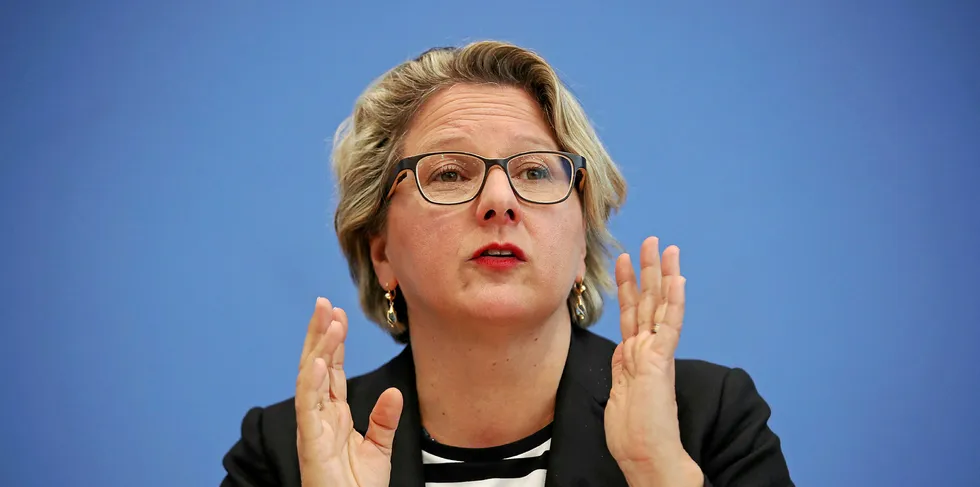Minister: Germany should start world’s first green-hydrogen tender next year
Environment minister Svenja Schulze also calls for green H2 quotas for jet fuel ahead of publication of the country’s long-awaited hydrogen strategy

Environment minister Svenja Schulze also calls for green H2 quotas for jet fuel ahead of publication of the country’s long-awaited hydrogen strategy
